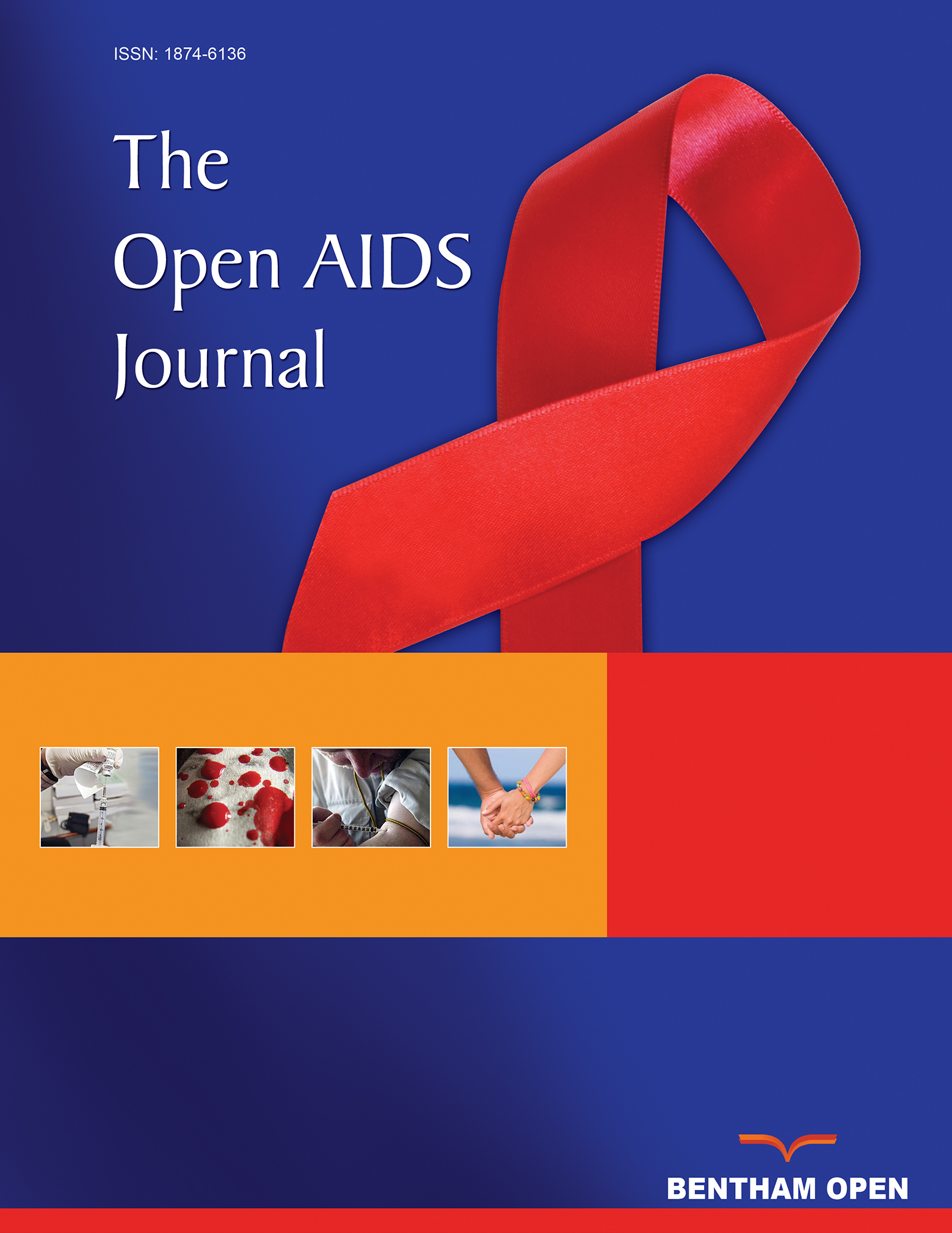All published articles of this journal are available on ScienceDirect.
HIV RNA and HCV RNA Levels, and Mortality: The Japan Cohort Study of HIV Patients Infected through Blood Products
Abstract
Background:
Most hemophiliacs living with HIV are co-infected with HCV. In their clinical practice, the long-term effects of anti-HIV and anti-HCV therapies have not been sufficiently investigated.
Objective:
This study aimed to evaluate changes in HIV RNA and HCV RNA levels and the prognosis in hemophiliacs living with HIV over 24 years in Japan.
Methods:
We used cohort study data of 578 hemophiliacs living with HIV. We analyzed trends in HIV RNA levels between the fiscal years 1997 and 2008 (first follow-up), and trends in HIV RNA and HCV RNA levels between the fiscal years 2009 and 2020 (second follow-up). Mortality rates by HIV RNA and HCV RNA levels were calculated from 11,207 observed person-years and 194 deaths.
Results:
The percentage of HIV RNA levels <400 copies/mL rose in the first period of follow-up, and the percentage of HCV RNA-negative rose in the second period of follow-up. The participants with HIV RNA levels <400 copies/mL had a significantly lower mortality rate than the others, with a ratio of 0.46 in the first period. HCV antibody-positive participants who were HCV RNA-negative had a significantly lower mortality rate than those who were HCV RNA-positive, with a ratio of 0.47 in the second period.
Conclusion:
After the introduction of combination anti-HIV therapy over 24 years in hemophiliacs living with HIV, HIV RNA levels decreased in the first half of this period, resulting in decreased mortality. Additionally, HCV RNA levels decreased in the second half of this study period, resulting in even further decreased mortality.


